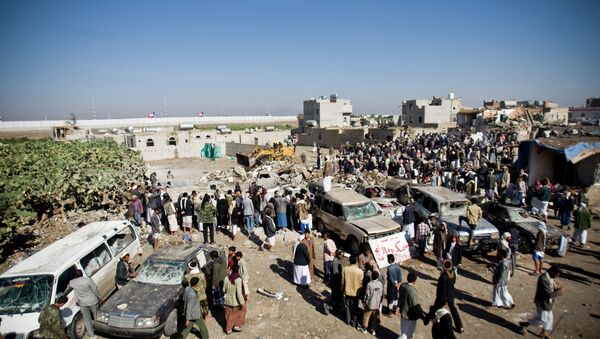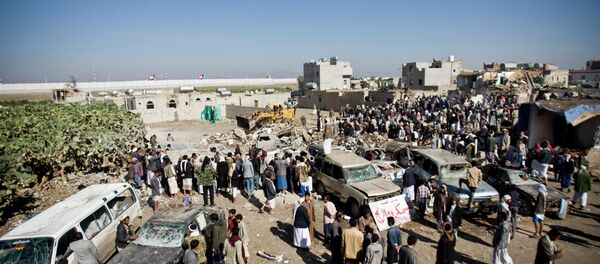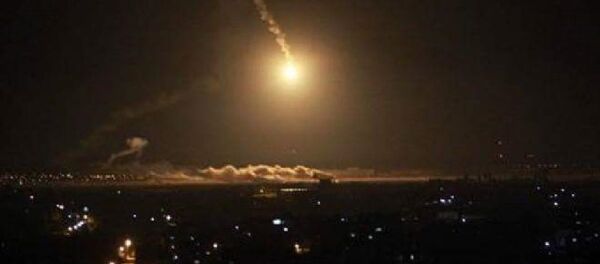The hostilities have resulted in numerous victims and damaged the regional economy. The Zaidi Shiites in Yemen accuse the government of discriminating against the Shiite minority, call for the restoration of a Shiite Imamate, which was overthrown in the September 1962 revolution, and demand that their rights be officially recognized.
In 2009, hostilities moved into an active phase involving the Shiites, Yemeni government troops, and Saudi Arabian forces. In 2010, a truce was agreed upon.
On January 27, 2011, thousands took to the streets in the Yemeni capital of Sanaa, demanding an end to President Ali Abdullah Saleh's rule, which had lasted since 1978.
According to the country's authorities, more than 2,000 people were killed and over 22,000 injured. Hundreds of people died during mass protests across the country and thousands were wounded. Popular unrest unfolding in Yemen after the Arab Spring uprisings developed into an armed conflict between the opposition and the police.
Protesters voiced misgivings over the GCC deal, under which the former head of state received immunity, and demanded that Saleh go on trial.
In February 2012, a snap presidential election was held in Yemen in accordance with the GCC plan. Abd Rabbuh Mansur Hadi was elected as president for a transitional period.
Mass Shiite protests resumed in mid-August 2014, with the protesters demanding the government step down.
On September 22, 2014, Yemeni authorities and rebels signed a truce deal.
On October 7, 2014, the Yemeni president appointed Prime Minister Ahmad Awad bin Mubarak head of his staff after obtaining approval from the leaders of the country's political parties. Mubarak was expected to form a new government in line with an understanding between the authorities and some political parties, including the Houthis.
However, the Houthis refused to recognize Mubarak as prime minister and called on their supporters to hold protests.
On October 9, the Yemeni prime minister tendered his resignation, arguing that he lacked the support of the Shiite rebels.
In January 2015, the situation in Yemen began to deteriorate once again. A group of Shiite rebels attacked the prime minister's motorcade in Sanaa. Ahmad Awad bin Mubarak was not hurt during the incident.
On January 20, armed fighters from the Ansar Allah group (Houthis) took control of the presidential palace in the Yemeni capital.
After the Shiites assumed de-facto control of the Yemeni capital, the president reached a deal with the rebels, promising that the opposition would become involved in running the country.
On January 22, 2015, he tendered his resignation to the parliament. The Yemeni government headed by Khaled Bahah also decided to step down.
However, Hadi declared the Houthi decisions "illegal" right after moving to Aden.
In March 2015, the situation in Yemen deteriorated even more against the background of an ongoing political crisis. The terrorist organization al-Qaeda in the Arabian Peninsula operated in the country's south, with the central regions of Yemen becoming an arena for hostilities between army units loyal to the president and Houthi supporters.
Yemeni president Hadi officially asked the Arab League to bring in its troops in order to stop the Houthi advance on Aden, from where he governed the country after leaving Sanaa.
On March 25, the US Department of State said that Hadi had left his Aden residence.
On March 26, Saudi Arabia and Persian Gulf countries embarked on a military operation in Yemen. The operation started following a request from Hadi for military aid.








